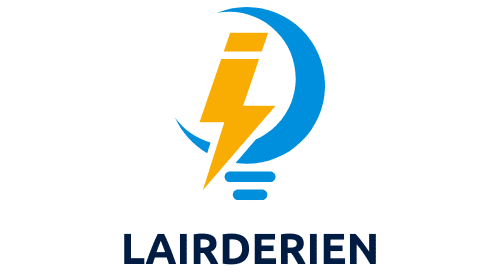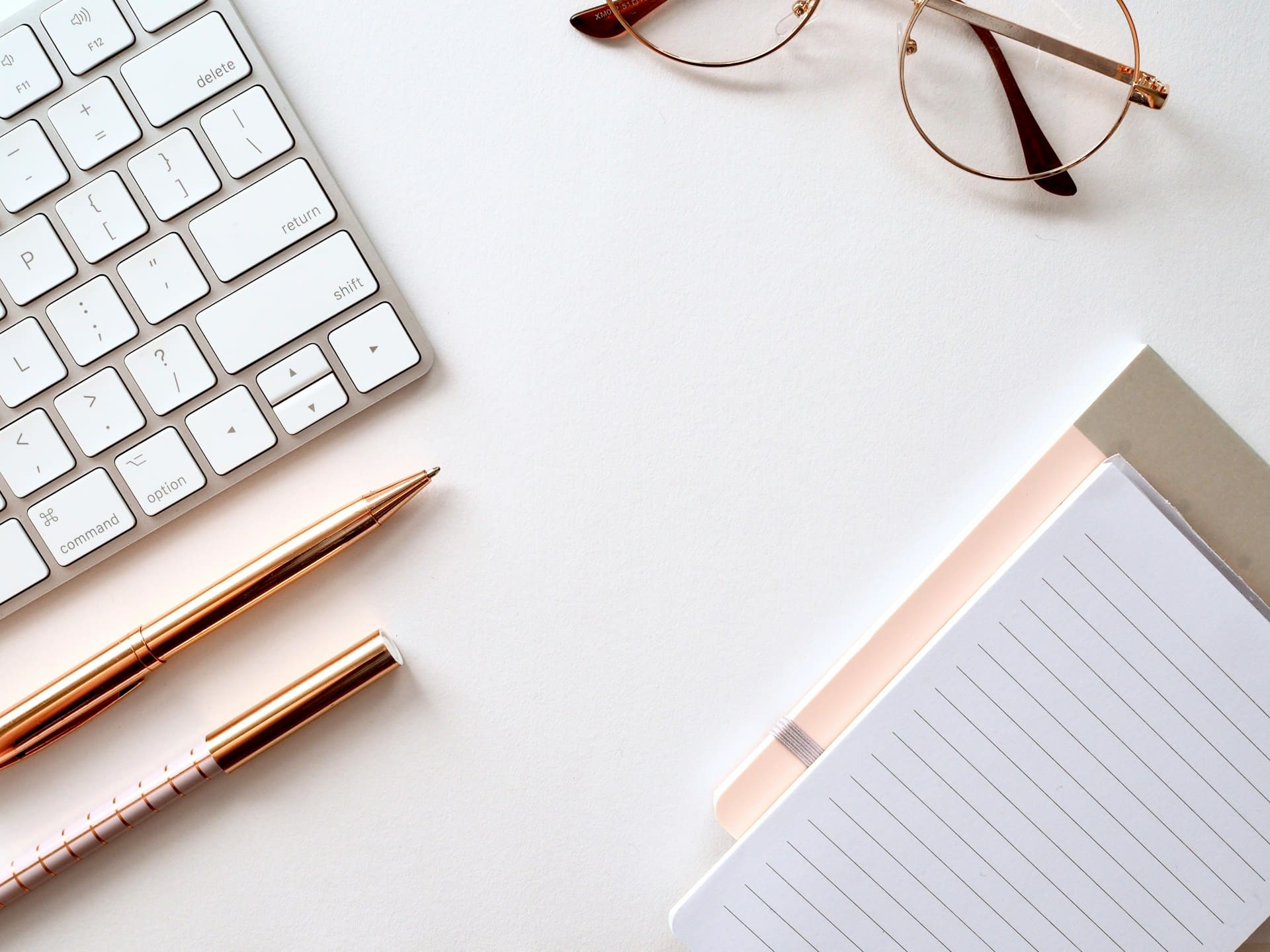Being a graphic designer requires not only creative skills, but also a conducive workspace that enhances those skills. Designing your home office to cater to your specific needs can significantly improve your productivity, efficiency, and overall work satisfaction. Let’s delve into the ins and outs of designing a graphic designer’s home office.
1. Essential Desk and Tools for a Graphic Designer
The heart of any designer’s workspace is their desk and the tools they use. A well-equipped desk can help streamline your work process, reduce wasted time, and increase your productivity.
A lire aussi : How to Effectively Soundproof a Home Music Studio in an Apartment?
Choosing the Right Desk
The desk is the centerpiece of your work area. It should have ample room for your computer, drawing equipment, and other essential tools. The desk height is also critical; it should be at a comfortable height, so you don’t have to strain your back or neck while working. A height-adjustable desk is an excellent option because it allows you to switch between sitting and standing positions, reducing physical strain. You might also want to consider desk organizers to create additional storage space.
Essential Tools for a Graphic Designer
The kind of tools you have on your desk can make a significant difference in your productivity. For a graphic designer, a high-quality computer, preferably with a large screen, is a must. A laptop coupled with a desktop monitor can provide the flexibility required for digital designing. Software is also a crucial tool for graphic designers. Most designers will use professional design software, such as Adobe Photoshop, Illustrator, or similar programs.
Avez-vous vu cela : What’s the Best Approach to Building a Treehouse that Complies with Local Regulations?
2. Optimal Storage Solutions
Proper storage solutions can affect how efficiently you work. With the right storage, you can keep your workspace tidy, which can help you stay focused and organized.
Digital Storage
Owing to the digital nature of graphic design work, strong digital storage solutions are a must. This need includes ample hard drive space on your computer, as well as backup storage options like external hard drives or cloud services. These solutions not only provide additional working space but also protect work against potential loss.
Physical Storage
Physical storage space is equally important. This space can house tools that are not in use, reference materials, and other personal items. A simple bookshelf, filing cabinet, or a set of drawers can be employed for this purpose. The key is to keep your workspace clutter-free to foster a conducive creative environment.
3. Lighting and Ergonomics
A well-lit and ergonomically designed office can reduce strain on your eyes and body, making you more comfortable and productive.
Importance of Proper Lighting
Proper lighting is crucial for any workspace, but it’s even more so for graphic designers who need to clearly see colors and details. Natural light is ideal, but if that’s not possible, ensure that your artificial light source is bright enough and positioned correctly to avoid casting shadows on your work.
Ergonomics
Your health and comfort are vital when spending long hours at a desk. Ergonomics includes everything from the height of your desk to the type of chair you use. An ergonomic chair with proper back support can drastically reduce the risk of back-related problems. Also, consider investing in a keyboard and mouse designed to reduce strain on your wrists.
4. Personalizing Your Workspace
A personalized workspace can motivate and inspire you. Your office should reflect your personality and make you feel comfortable.
Workspace Decor
Decorating your workspace can be a great way to infuse some of your personality into it. This decor might include artwork, family photos, or anything else that inspires you. You can also choose a color scheme that resonates with you.
Plant Life
Adding some greenery to your workspace can not only improve the aesthetics of your office but also enhance your mental well-being. Plants are known to reduce stress and improve air quality, making your workspace more comfortable.
In conclusion, a well-designed home office can greatly enhance a graphic designer’s productivity and job satisfaction. It involves choosing the right desk and essential tools, implementing optimal storage solutions, ensuring proper lighting and ergonomics, and personalizing your workspace to reflect your personality.
5. Integrating Technology for a Graphic Designer Home Office
The digital age has significantly impacted the field of graphic design. It’s imperative to integrate technology effectively in your home office to stay on top of the latest design trends and deliver quality work consistently.
Choosing the Right Devices
In the realm of graphic design, the right devices can make a significant difference in your work. As mentioned, a high-quality computer with a large monitor is crucial. However, other devices like a graphic tablet can give you more precision in your digital art. A well-calibrated printer can be useful for printing prototypes or final designs. Additionally, a reliable internet connection is essential, especially for remote graphic designers who need to communicate with clients and colleagues regularly.
Software and Applications
The right software and applications can help you create stunning designs and streamline your workflow. Software like Adobe Photoshop and Illustrator are staples in the graphic design industry. However, there are also numerous other tools graphic designers can explore, such as Canva for easy-to-use templates or Sketch for user interface design. Social media management tools may also be beneficial if you handle social media graphics.
6. Maintaining a Healthy Work-Life Balance
Creating a personalized home office is not just about productivity; it’s also about maintaining a healthy work-life balance, particularly important for those delving into the remote work lifestyle.
Setting Boundaries
When your home becomes your workplace, it’s easy to blur the lines between work and personal life. It’s crucial to set clear boundaries. Designate your office space strictly for work. Avoid using it for leisure activities. This distinction helps your brain associate the space with work, increasing your focus during work hours.
Taking Breaks
Regardless of how comfortable your ergonomic chair is or how engaging your work might be, it’s essential to take regular breaks. Continuous work can lead to burnout, reducing your productivity in the long run. Take short breaks to stretch, hydrate, or even take a short walk. Such breaks can refresh your mind and keep your creative juices flowing.
Conclusion
Creating a personalized home office as a graphic designer is a careful blend of practicality and personal preference. It requires the right balance of essential design tools, adequate storage solutions, an ergonomic setup, and a personalized décor that resonates with your creative spirit. Integrating the right technology is also vital in the digital age of design.
However, amidst the hustle of setting up the perfect workspace, remember to maintain a healthy work-life balance. Clear boundaries between work and personal life, coupled with regular breaks, can ensure sustained productivity and creativity. So, as you design your workspace, keep these factors in mind to create a home office that truly complements your work as a graphic designer. Remember, a well-designed office is your ultimate graphic design business ally. So, continue reading up on new trends and invest in the best tools to upgrade your workspace continually.






